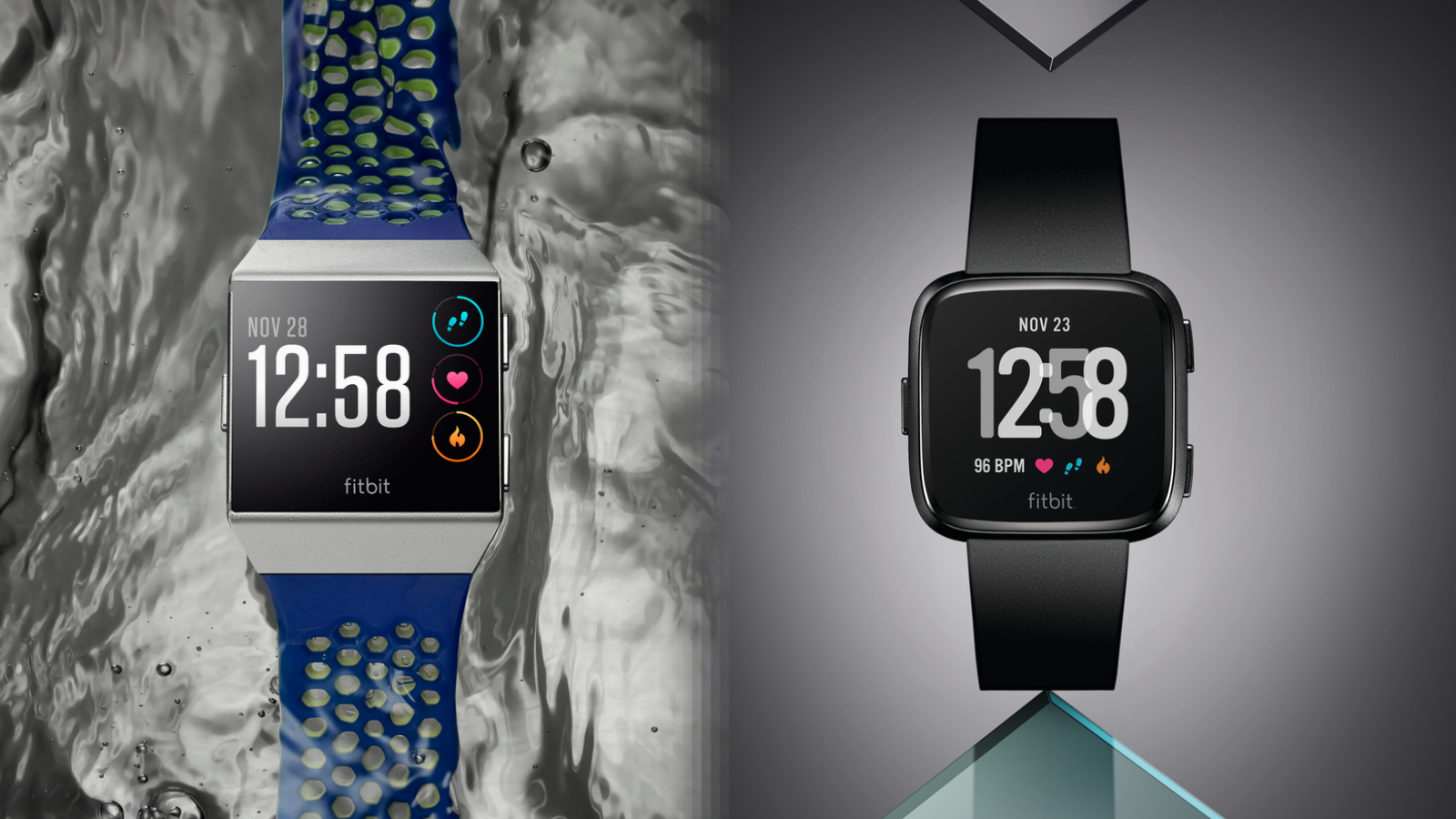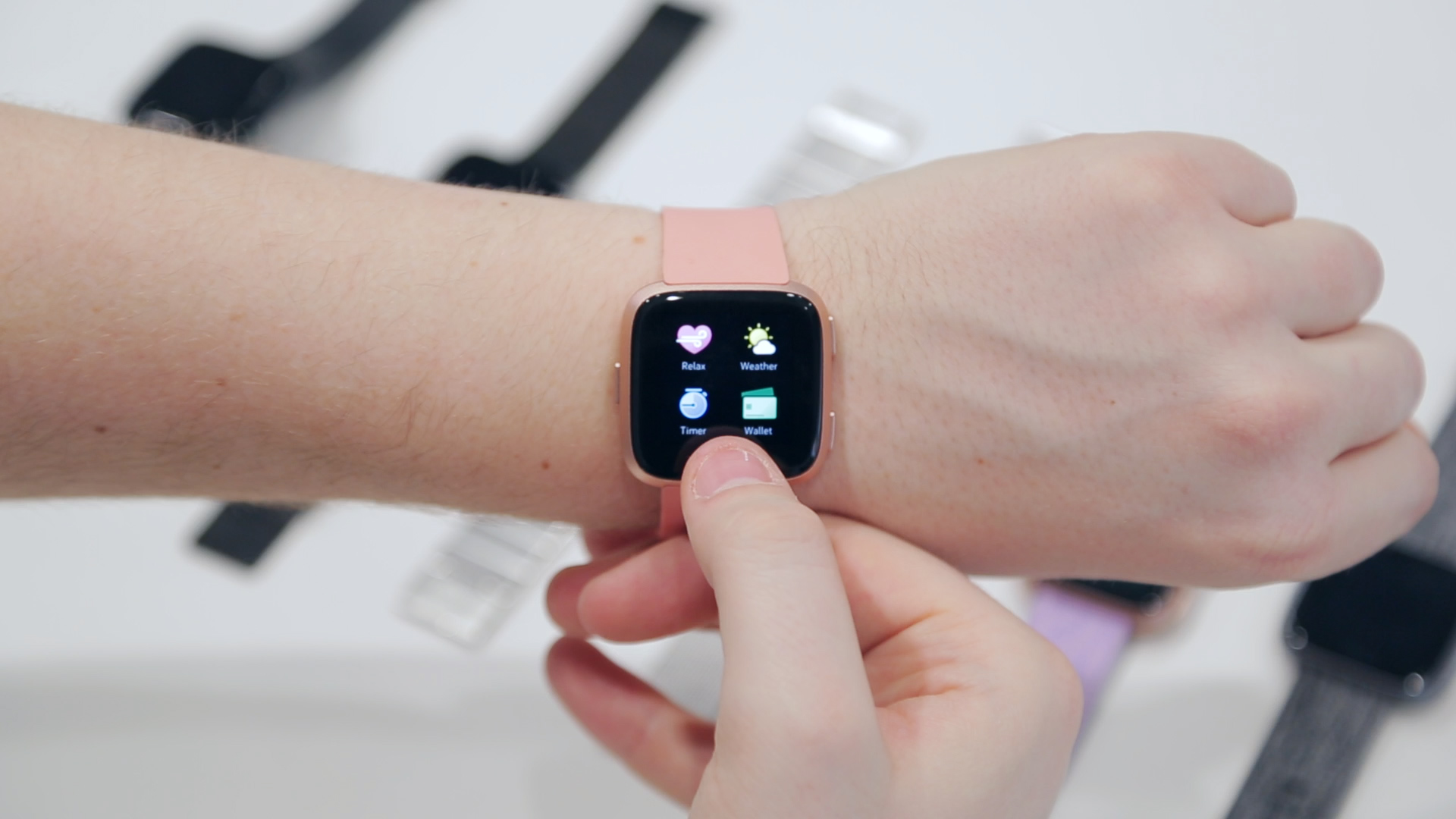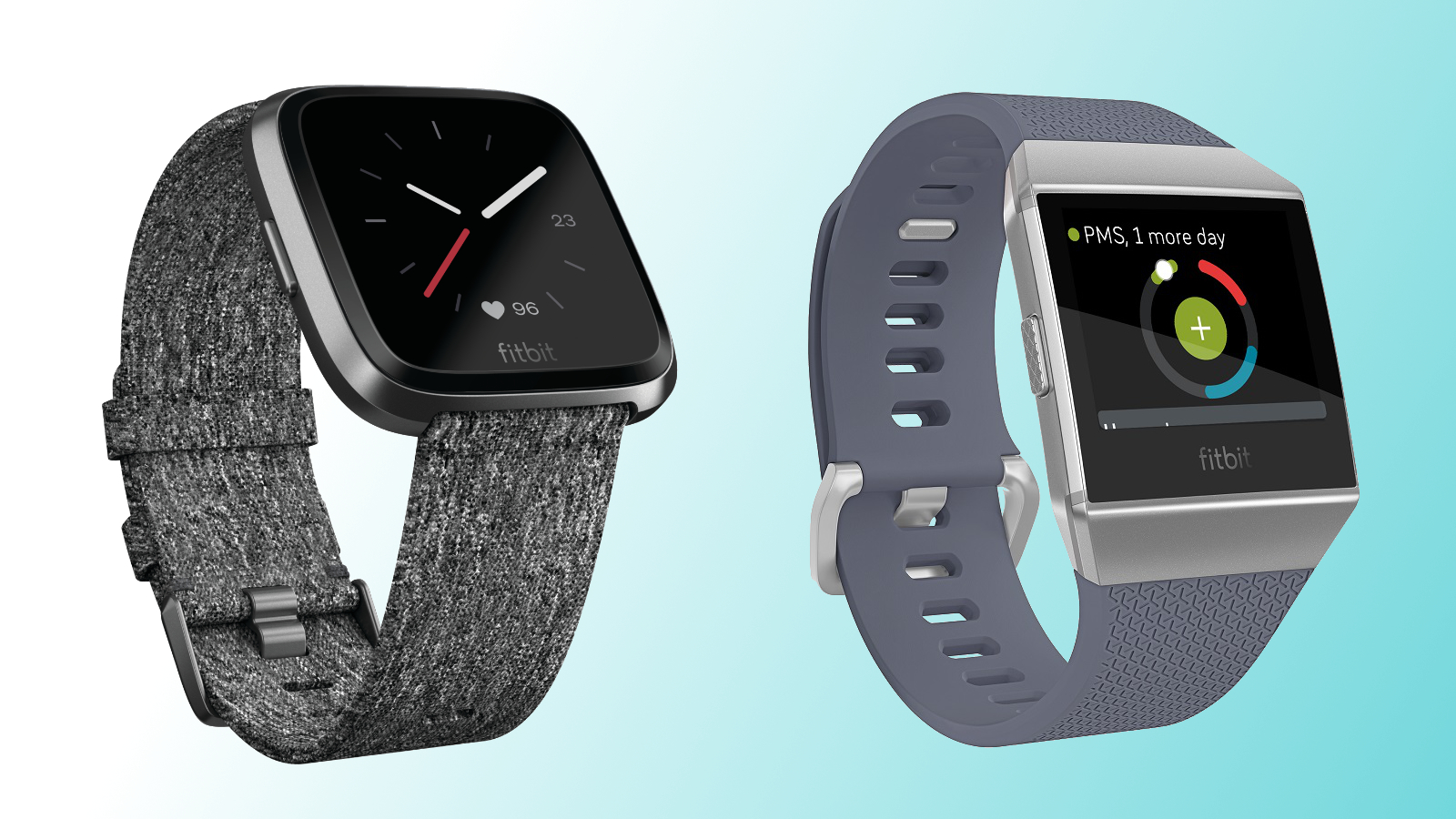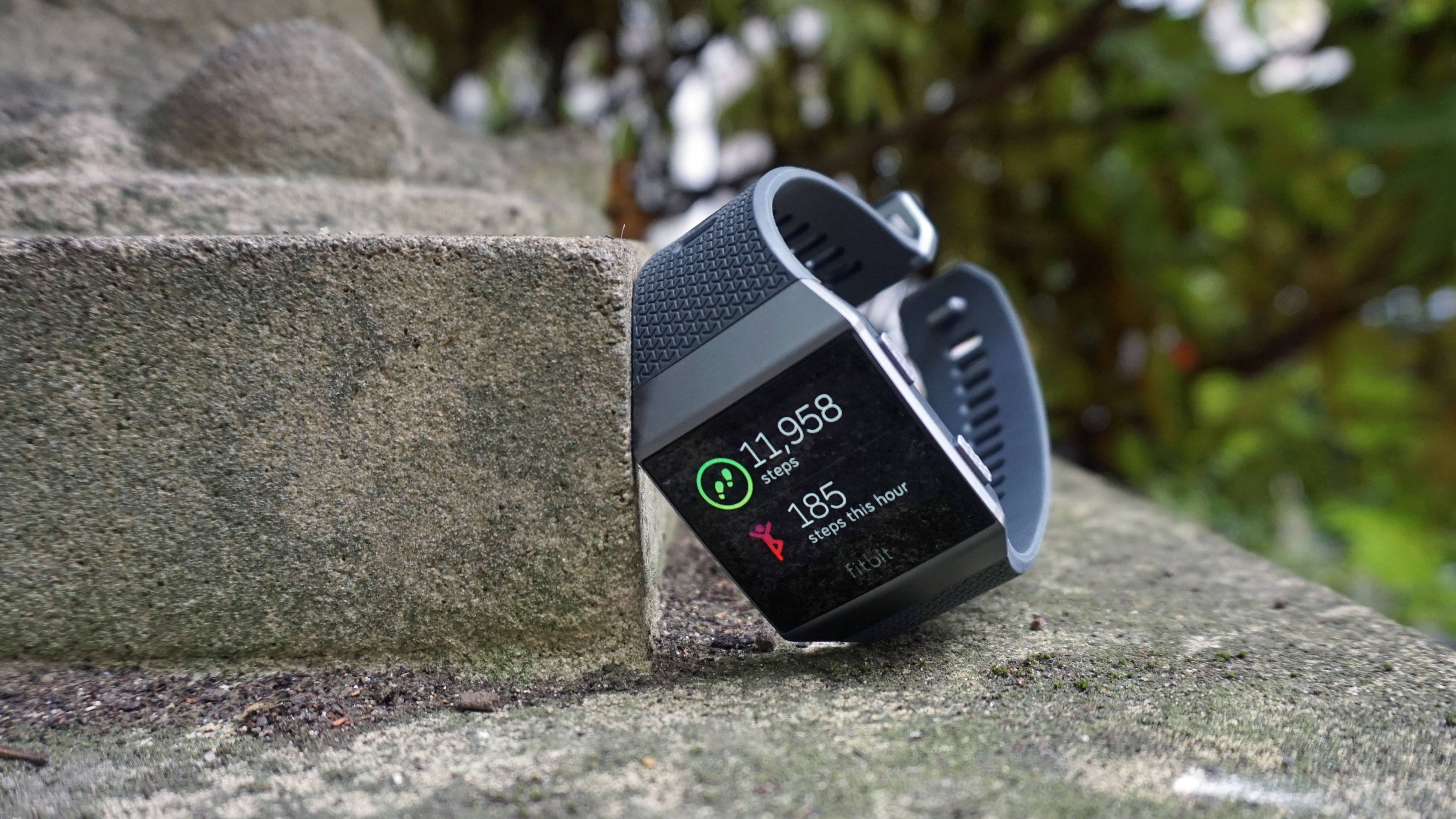Fitbit Versa vs Fitbit Ionic
A duo well-versed in fitness and fashion

The Fitbit Versa is the latest wearable to blur the line between fitness tracker and full-fledged smartwatch.
From a design perspective, it stacks up to the likes of the Apple Watch 3 and Samsung Gear Sport but inside it stands in a league of its own with its steady focus on fitness.
If you’re interested in Versa, there’s a good chance that its previous smartwatch effort, the Fitbit Ionic, might also be of interest. The company’s 2017 model is still plenty competent and improving with software updates, while dropping in price at the same time.
Thus, it’s going to be tough for some to decide which is best to invest in. We’ll be comparing the new versus the old in terms of their design, respective displays, performance and value.
Design


Both the Versa and Ionic are appealing revisions to the Fitbit smartwatch formula that originated with the Fitbit Blaze. But when it comes to deciding between the two, a lot of it comes down to preference.
The Ionic has a decidedly premium look with glass that goes from edge-to-edge. If you opt for the Versa, you’ll get a watch with a more squared-off look, akin to something more like the Apple Watch, or heck, even the Pebble Time.
When it comes to watch band variety, it looks like you’ll be suited equally well no matter which choice you make, though the Ionic’s band-changing mechanism seems more intuitive to us.
Get daily insight, inspiration and deals in your inbox
Sign up for breaking news, reviews, opinion, top tech deals, and more.
Display


The Versa and Ionic both offer color displays that are plenty bright and vibrant, and both are surrounded by some hefty bezels.
Since these lean more on the fitness tracker side of the smartwatch spectrum, they get a bit of a pass, but it’s worth noting for design and screen enthusiasts.
Each watch features the Fitbit logo on the bottom of their respective displays, though compared to the Ionic’s sharp edges, the Versa’s glass-covered front boasts a slightly curved look. It gives it a bit of dimension visually, but doesn’t offer any change in functionality.

Performance
If you hadn’t noticed by now that the Versa and Ionic are pretty much neck-in-neck in all categories so far, let this be your reminder. But when it comes to performance, the Ionic surprisingly edges out the win.
While startlingly similar in their offering (both run on Fitbit OS, both offer continuous heart rate tracking and are compatible with all apps and watch faces made for the platform, including Fitbit Pay) the Ionic alone has built-in GPS.
If you snag the Versa, GPS tracking is still possible, though you’ll need to bring your phone along for the journey as well to handle the tracking on the new Fitbit’s behalf.
This aside, the two watches mirror each others capabilities closely, with the only other differences we know about being the Ionic’s slightly more long-lasting battery that’s capable of last five days to the Versa’s advertised longevity of four or more days.
Verdict


For what the Versa lacks compared to the more sport-focused Ionic, which honestly isn’t a lot, it seems to be priced accordingly to reflect the differences.
The Fitbit Versa launches in April for $199 (£199, AU$350). If you’re not in the know, the Ionic currently retails at $299 (£299, AU$449).
It’s a bit of a step-up in price, so if you want most of the same features and arguably a better design, you can rest easy spending less on the Versa. But its sore lack of GPS and a slightly smaller battery will be too much to give up for some.
It’s a close battle across the board for the Versa and Ionic, which is likely exactly how Fitbit wanted it to be. The price gap is a wide one to cross for those who are on the fence, but it seems like, barring any need for GPS technology, the Versa will suit those who want to save some money quite well.
- Read our full Fitbit Versa review
Cameron is a writer at The Verge, focused on reviews, deals coverage, and news. He wrote for magazines and websites such as The Verge, TechRadar, Practical Photoshop, Polygon, Eater and Al Bawaba.
